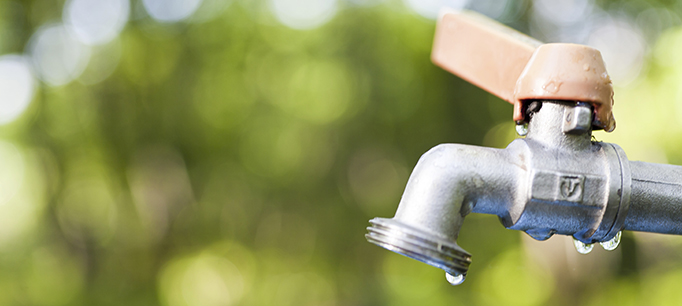Californians across the state are feeling the impacts of the severe drought, now in its fourth year. Among those hit hardest are the state’s low-income residents and communities.
The worst impacts are occurring in poor rural communities. Rural residents generally rely on groundwater, from either their own wells or wells managed by small community systems. Even before the drought hit, contamination by nitrate and other pollutants was a big problem. With the drought, many wells are now going dry. These problems are now firmly on policymakers’ radar, but the solutions aren’t simple. Affordability is a major challenge, not only because of low incomes, but also because small systems don’t benefit from economies of scale. That makes infrastructure upgrades costly on a per-household basis. Costs of properly running the systems can also be quite high.
The state has recently made several changes to help these rural communities, including dedicating more funds and establishing a new Office of Sustainable Water Solutions within the State Water Resources Control Board to provide technical and financial support. The governor’s office has also proposed legislation that would authorize the board to mandate utility consolidations. As we argued in our 2014 study Paying for Water in California, physical consolidation with larger nearby systems is a good option for many small systems. In places where the distance is too great to hook these communities up, administrative consolidation can still help provide economies of scale in management and technical oversight, ensuring better long-term outcomes.
Less on the radar but also worth monitoring are the effects of the drought on the urban poor. Large metropolitan areas have generally been in much better shape during this drought, and they also are less prone to the kinds of problems witnessed in small rural systems. Urban systems benefit from economies of scale for new investments and have some ability to provide lifeline rates for lower-income households, by using revenues from the rest of their customer base.
But there are warning signs on the horizon. Urban water bills have been rising faster than inflation, making affordability a challenge for poor households in some areas. And since the 1996 enactment of Proposition 218, a voter-approved constitutional amendment, public water utilities are generally not able to increase budgets for lifeline rates without a two-thirds approval by local voters. (Privately owned utilities—like those providing electricity and telecommunications services—are exempt from this provision.) The drought raises new affordability challenges, because the extra conservation now required will lower revenues below costs for many utilities. To cover these costs, some utilities are increasing the fixed service fees on monthly bills, rather than increasing the rates charged per gallon used. Such service fees disproportionately impact lower-income households, who tend to use less water.
Now more than ever, utilities should consider the equity implications of their rate structures. And as we argued in the Paying for Water study, Californians may need to consider reforming Proposition 218. One important reason is to enable the use of lifeline rates, a tool for ensuring that poor households have access to an essential service. Finally, to durably support safe drinking water needs in rural communities, where the local funding base is inadequate, Californians should consider instituting a statewide lifeline rate system funded by a small surcharge on monthly water bills.
View slides from the presentation Water, Drought and Social Justice in Urban and Rural California.


